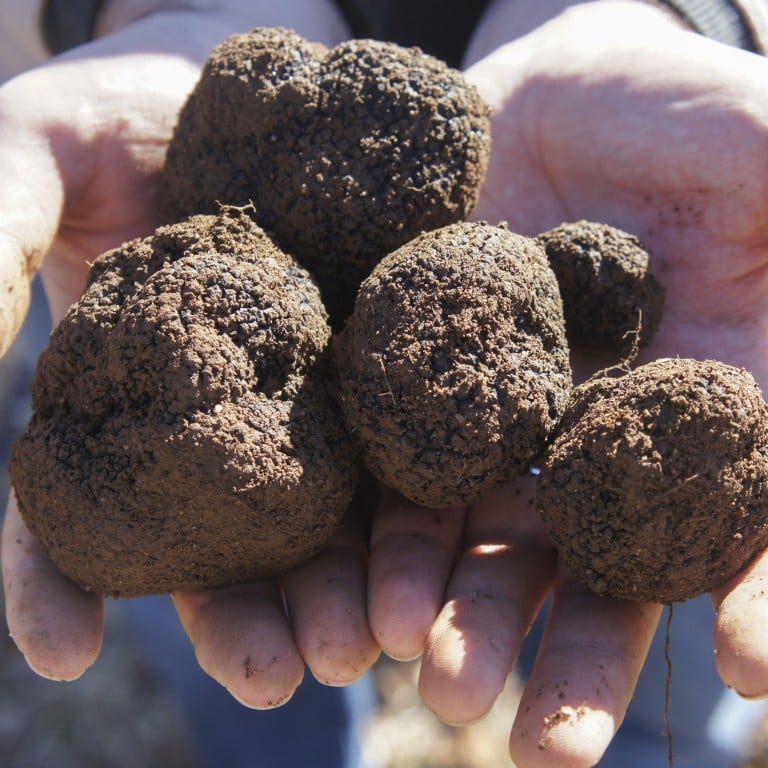Why are truffles so expensive, and are black or white the best? The pungent foodie fungi is only found in a few lucky countries – but Italian truffles remain the most coveted and costly

- While black truffles are grown in Australia, China and across Europe – including France, Romania and Bulgaria – white truffles are still only found in Italy and Serbia
- Black truffles are available in two seasons – known as winter truffles and summer truffles – but is it really worth paying up to 10 times more for the rarer white breed?
Legend has it that a farmer spotted his pig digging at the root of a tree. After eating what looked like mushrooms, the pig was found passed out. Upon investigation, the farmer discovered the aromatic tubers … or now as we know them, truffles.
“The story is true,” says Luca Stanzani, vice-president of Appennino USA, world brand ambassador of Italy’s Appennino truffle.
Truffles have long been known to various civilisations. There are recorded recipes that have ancient Egyptians eating the tubers covered in goose fat. The Greek and the Romans used them for medicinal purposes. A myth surrounding the coveted fungus is that the brule, or dead grass surrounding a tree which has truffles at its roots, is a gift from the gods after the ground is struck by lightning.

Truffles, however, disappeared from the history books in the Dark Ages when their intoxicating aroma was seen as “witches fare”, and did not make their heady reappearance on nobles’ plates until the reign of France’s Louis XIV in the 17th century, when once again they came to the forefront of refined dining among the European elite.
While pigs have largely been associated with the discovery of truffles, they are no longer used to harvest the esteemed tubers.
“It is illegal in Italy to use pigs in truffle hunting,” says Stanzani. “Firstly, it’s impractical because the pigs are known to eat the truffles. Secondly, the pigs tend to destroy the natural fauna of the forest. Dogs are used in truffle hunting.”
Fabio Mariella, executive chef of Hong Kong’s Paper Moon, elaborates. “The dogs are specially trained to only find the truffles, which are very expensive. If you have a dog that can find white truffles, you will be a rich man,” laughs Mariella. “A pig would just want to eat the truffles.”

White truffles, diamond of the kitchen
This autumn, Stanzani is selling black truffles for US$400 per pound (450g) while white truffles are for sale for 10 times the price, at US$4,000. The reason for such a vast price difference is simply supply and demand.
“Black truffles, you can get anywhere in Europe such as in Romania, Bulgaria and Slovenia. White truffles, you can only get from Italy and small batches from Serbia, but mainly Italy,” says Stanzani.